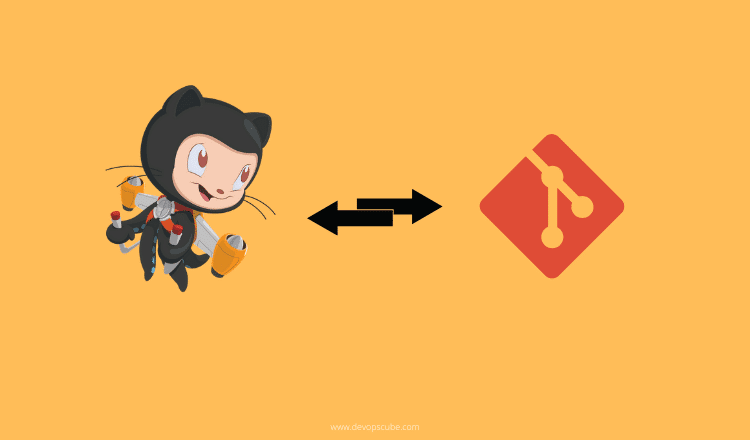
And Pull Requests are how you suggest the changes you’ve made on your branch to the upstream codebase. Merging is how you piece the forked history back together again (i.e. Pulling is how you fetch upstream changes into your branch. Pushing is how you transfer changes from your local repository to a remote repository. They are brought together through Git pushes, pulls, merges, and Pull Requests. These branches can live on your computer (local) or on GitHub (remote).
#Git set upstream to different branch code
branches) is to experiment with different methods of solving a problem (before deciding which method will ultimately be merged) and to work on different problems within the same codebase (without confusing which code changes are relevant to which problem). Some reasons for wanting to split your repository into multiple paths (i.e. It also allows the same person to edit multiple copies of the same document, but with different intentions. It enables multiple people to edit copies of the same document content, while reducing or managing edit collisions, and with the ultimate aim of merging everyone’s changes together later. At a point in time, you can split your repository into multiple development paths (branches) where you can make different commits in each, typically with the ultimate intention of merging these branches and development changes together at a later time.īranching is one of git’s methods for helping with collaborative document editing, much like “change tracking” in Google Docs or Microsoft Word. Git branches allow for non-linear or differing revision histories of a repository.
#Git set upstream to different branch series
Series Navigation Getting geeky with Git #2.Installing and Managing Python with Condaįormatted Text in the Notebook with MarkdownĪnnotations, Colorbars, and Advanced Layouts It might also help when dealing with some issues.

While knowing all of the above might not be crucial to using Git in your everyday work, it gives you a broader perspective. Its remote equivalent now acts as an upstream to our local branch. If our local branch tracks a remote branch through a remote-tracking branch, we call it a tracking branch. They act as pointers to where the remote master is. To connect to their remote counterparts, we locally have remote-tracking branch es, for example, origin/master. Since Git is distributed, we maintain local copies of branches. The origin keyword is an alias to the default remote connected to our local repository. Remote is a repository other than our local copy. The terminology surrounding branches and remotes in Git is vast and can be quite confusing. Git branch –set-upstream-to=origin/ maste Summary If you wish to set tracking information for this branch you can do so with: Please specify which branch you want to merge with. There is no tracking information for the current branch. Git pull we need to set up an upstream branch.

Git pull origin means that we want to merge the upstream branch into our current branch.Īs you can see above, if we want to omit the arguments of Not specifying the branch by running just Git pull origin master we explicitly say that we want to merge the remote branch master into our current branch. To figure out the associated remote, git needs an upstream branch. Git pull, the default is the remote associated with the branch we are currently on. Git pull origin, we indicate that we want to fetch from the origin. Git pull, there are a few things Git needs to know. Git pull , we fetch the current state of the remote and merge it to our local repository. How setting an upstream branch affects git pull Having upstream branches can be useful when doing other operations such as Being as precise as possible when pushing changes might be a good thing, though. Git push without the remote, and Git assumes that we want the remote of the current branch. It connects our local master through origin/master to the branch in our remote repository, making it an upstream branch.Īs you can see, setting up an upstream branch gives us a possibility to be a bit less explicit. The most straightforward approach to the above issue is to run We also check out what is an upstream branch and how we can benefit from defining it. In this article, we look into what is a remote and what the origin keyword means. The most popular one is Git, and therefore it is worth looking into it a bit more.

Version control systems (VCS) are one of the essential tools of every programmer. Keeping our Git history clean with fixup commits Improving our debugging flow with Bisect and Worktree This entry is part 1 of 11 in the Getting geeky with Git


 0 kommentar(er)
0 kommentar(er)
